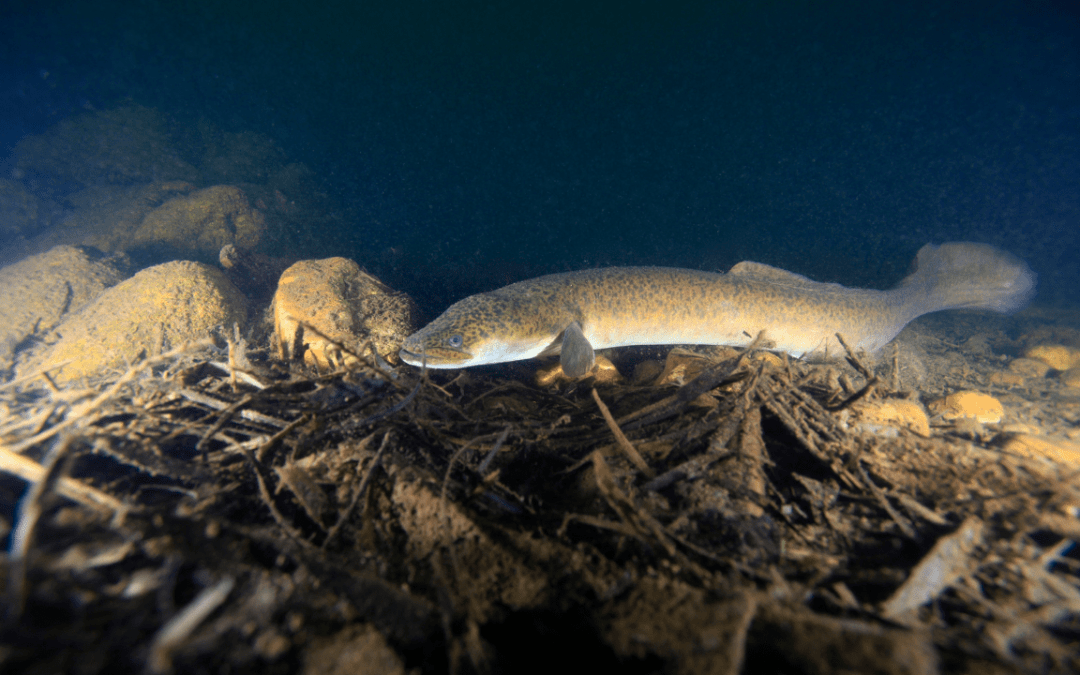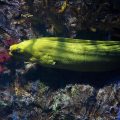Table of Contents
Eels have grown a reputation as being the creepiest, most unique, as well as scary sea creature, often associated as well to be a form of snakes or big sea worms. They are not all these, however. Firstly, they are fishes, and with their negative reputation, sea creatures are the only two terms that hold true because they love their lives in a quiet pleasing manner as they are in the sea and when taken care of in captivity? They are mesmerizing pet fish to be.
If you are an experienced aquarist, fish caretaker, or enthusiast, then this complete informational care guide is for you. I will go through all there is to know about successful eel fish petting, we’ve got you covered!
Environment
Your pet eels will thrive in a fairly large tank, a decent amount of space it can comfortably use to swim, and for its vegetation. Preferably, that can clasp 35 gallons of water or more because the basic rule of thumb is to have 1 gallon of water for every inch of the eel that will reside onto it.
A tank must be made with a tight-fitting lid to prevent your eel from escaping.
Fill in the tank with a substrate.
Eels are borrowers and are likely to spend their time buried in the substrate of their habitat, thus, cater to this need by giving them materials to burrow in. Aquarium gravel or freshwater aquarium sand will do just fine, and place approximately 4 inches to the bottom of the tank up, to yield a successful environment for your eel.
Their water should be salted one teaspoon per gallon.
You are encouraged to also use a water conditioner to remove chlorine and chloramine from it. Install a water filter as well to keep the oxygen level going.
Decorate the tank.
Eels thrive in dimly lit aquariums that are why vegetation should be added for them to be comfortable, they are more active and will generally give you more opportunities to see them in action. You can add floating plants, aquarium-safe caves, as well as driftwood floors for starters.
Feeding and Overall Wellness Requirement
To feed your eel, give them kinds of seafood. These are usually bought in pet stores and fish shops. Their diet in their aquarium can be effectively sustained by the following seafood choices:
- Frozen of live shrimp
- Frozen or live squid or octopus
- Feeder fish
- Other fishmeal-type fish feeders
- High protein pellets and paste that may include fish meal, beef livers, and tubifex worms
Their feeding schedule is only once per day, and it should be in the evening.
To take care of yourself from their sharp teeth, do use a feeding stick or tongs. Remember that they have poor eyesight and will not hesitate to mistake your finger for shrimps or squids.
Eels are sensitive to water quality, they prefer clean and very clear water so when the water on the tank becomes foggy, you might opt to adjust the filtration system you have. Eels prefer a warmer environment, to successfully incorporate this, you might consider a tank heater as it is essential for their health. If your house is generally warmer and is around 72 degrees Fahrenheit, there is no need for a tank heater. Also, never let the tank temperature exceed 80 degrees.
This list is Eel’s healthy signs to look out for, to validate their healthy state and your effective care for it.
- Clear eyes
- Healthy color
- Shiny mucus
- Healthy appetite
- Attentive as you observe them
- Swims and roam regularly
This is another list, which contains all the bad health signs to look out for in your eel.
- Faded or muted color
- Poor appetite
- Cloud eyes
- Listlessness
- Erratic swimming or not engaging in swimming at all
- Distracted as you observe them
- Labored respirations
General Maintenance
Daily
- You should feed them once daily for survival. Once it is enough, the proportion varies depending on the size and condition of your eel so it is best to consult a veterinarian and fish experts, especially experienced ones.
- You should spot clean their aquarium if you see debris or dirt that is easy to clean. Use suction in doing so.
- Check bi-weekly the temperature or the status of your tank heater to provide assurance.
- Allot time to observe them daily, to see how it is doing their health status, but moreover to build a bond and familiarity with you as an owner.
Weekly
- You are encouraged to do weekly partial water changes. This is done to preserve its cleanliness and quality.
- Clean your filtration system weekly as it can be clogged with debris.
- Check the water quality every once a week.
- For the interval of every two weeks, clean the tank and replace them fully with clean and safe water.
Monthly
- Do monthly inspections of their tank, substrate, tank filter, tank heater, lid, its glass quality. Everything about their environment.
- Treat any problem that you are seeing, or the said warning signs to look out for it they are manifesting onto your eel.
Conclusion
Eels are fish that are definitely to be taken care of by our experienced fish – carers and enthusiasts. It might not appeal to a lot of people, but it is because they still have not yet discovered how cool and how unique taking care of eels are! It does deserve a spot in the fish caring community, and a great added collection in fish enthusiasts.






 Author and long-time animal lover. Sharing knowledge on pet care through experience and the written word.
Author and long-time animal lover. Sharing knowledge on pet care through experience and the written word. 